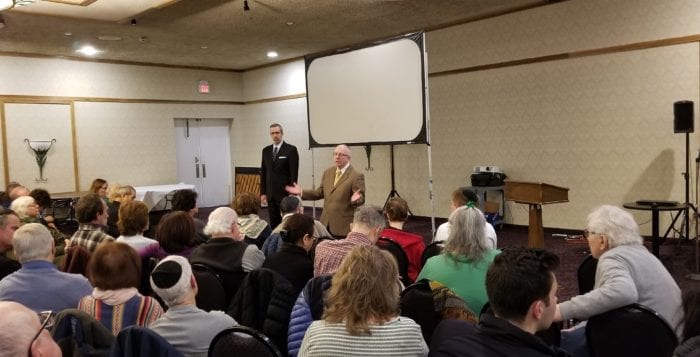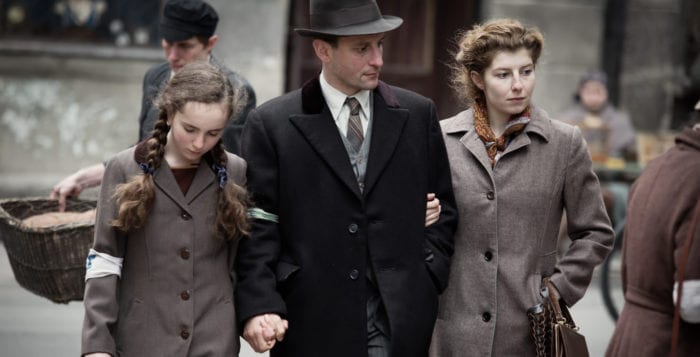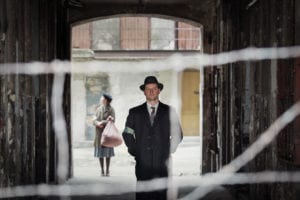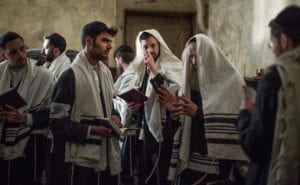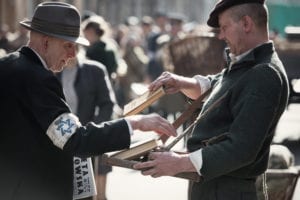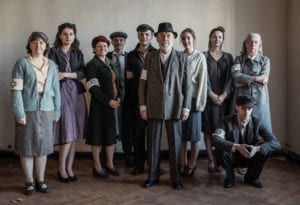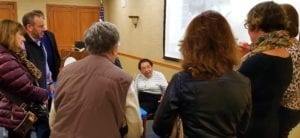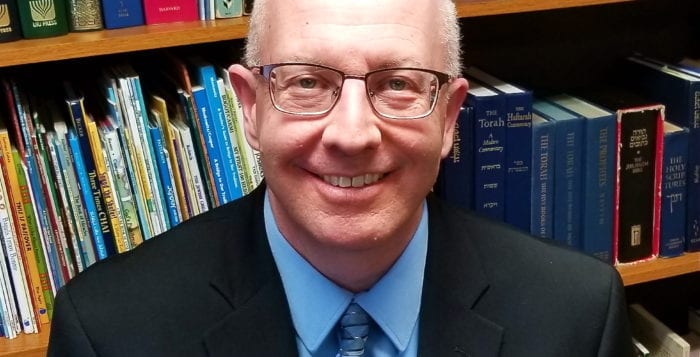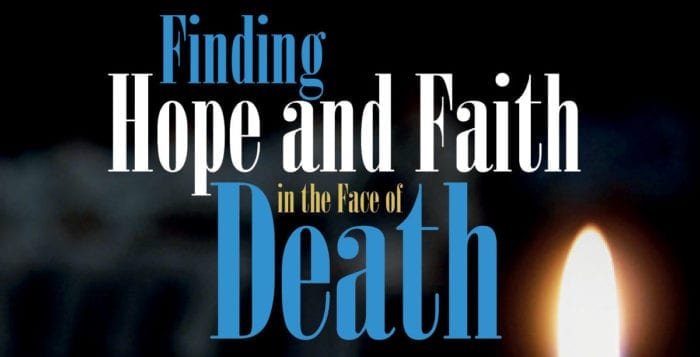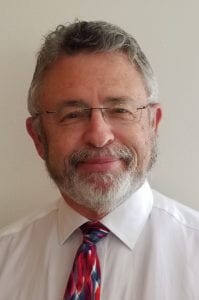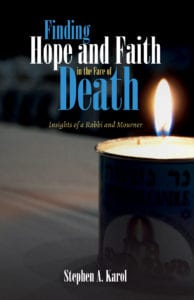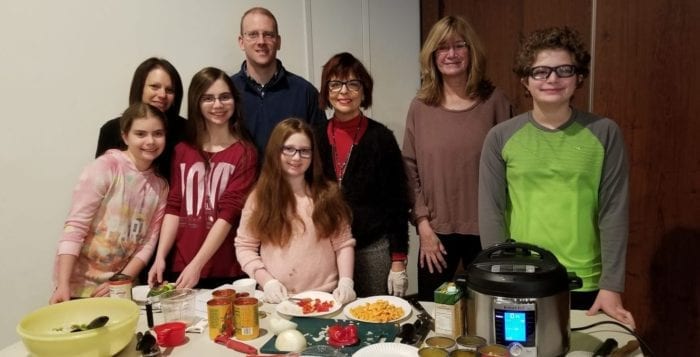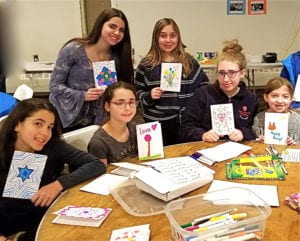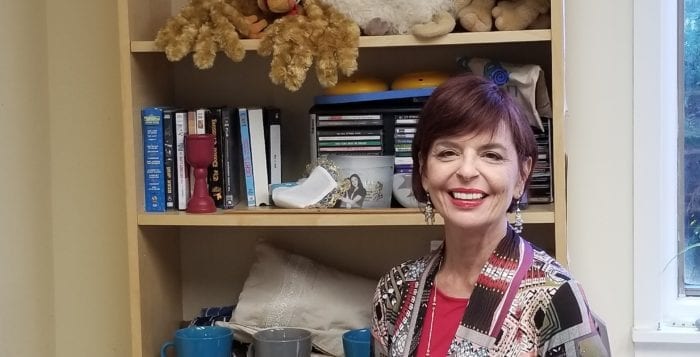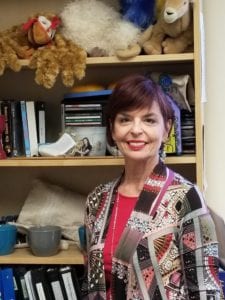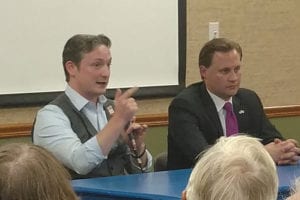By Donna Newman
On Wednesday, March 27, the Three Village Historical Society will host its 42nd annual Awards Dinner honoring volunteers, local businesses, society members, area residents and youngsters who have made significant contributions helping to preserve the shared heritage within the Three Village area.
After four decades, one might wonder if it is getting more difficult to find honorees, especially because a person may only be honored once in a given category. TVHS President Steve Healy said it wasn’t a problem.
“You would think that,” Healy said, “but it’s not difficult to find honorees. The Three Village area is packed with people who help others and contribute to their community. We are truly blessed. The society has just over 450 members … and we run more than 30 events and functions per year that bring in new volunteers and first-time attendees. Our membership grows organically through these events.”
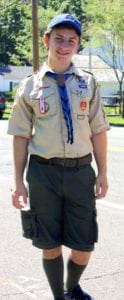
Nominations come from TVHS members as well as the general public. Awards are given in a variety of areas, from significant contributions to the preservation and conservation of our natural environment, to fostering interest in local history, to the advancement of quality of life and pride of place, to dedicated service and generosity of volunteer time.
Nearly 30 nominations were received, according to Janette Handley, co-chair of the Awards Committee. She noted that the Robert Cushman Murphy Memorial Award, inaugurated in 1987, has only been bestowed 10 times.
“That’s the award that we find difficult to give out,” Handley said. “We’re very careful to whom we give that award.”
As described on the awards dinner invitation, it is made “in recognition of significant contributions to the preservation and conservation of our natural environment and to the fostering of a personal identification with the natural heritage of the Three Villages.”
It will be awarded this year to the Setauket Harbor Task Force, formed with the goal of improving water quality in Setauket Harbor, and whose members have held three Setauket Harbor Days to raise awareness for that endeavor.
TBR’s own Michael Tessler will receive the Kate Wheeler Strong Memorial Award for his creation – together with TBR News Media – of the film “One Life to Give.” This historical re-enactment of little known events during the American Revolution does much to publicize the important role played by area residents. Handley spoke of how pleased Tessler was to receive the notification email.
“Not having a current address, we emailed him,” Handley said. “He’s in California. We got a wonderful email back saying he’s very sorry he can’t come, but he would like to do a video ‘Thank You.’ That’s the first time we’ve had anything like that.”
“Though I’m far away living in Los Angeles, the spirit of Setauket and its citizen spies remain a guiding compass on my own personal journey to preserve history through multiplatform storytelling,” said Tessler.
According to the Awards Committee report, the TVHS Community Award, when bestowed, is “in appreciation of valuable contributions to the advancement of the quality of life in the Three Villages and the fostering of pride in the rich historical heritage of our homes and lands.” This year it will go to Leah Dunaief, publisher of TBR News Media, but Handley clarified that the recipient is the individual, apart from the position she holds.
“Leah has received many awards on behalf of the paper, but this award is not for the paper. Leah is still there – and expanding,” said Handley. “She’s involved in so many things, and we feel very strongly that this award is for her.”
The Maggie Gillie Memorial Award goes to a society member. This year Patty Yantz will be recognized for her many years of service. Yantz has held the offices of president and vice president, and has co-chaired the society’s biggest annual fundraiser – the Candlelight House Tour – for the last five years.
The Gayle Becher Memorial Award goes to a volunteer. It will honor Morton Rosen for his generosity of spirit, taking part in many society events over the years, including the annual Spirits Tour, where he has enacted at least 11 historical figures.
“The award is especially meaningful to me,” Rosen said, “because [my wife] Bernice and I worked with Gayle when she organized the Discovery Camp Days program of summer activities for children.”
Steven Fontana, a sophomore at Ward Melville High School, is this year’s honoree for the R. Sherman Mills Young Historian Award, presented for contributions to the society by a young person. Steven has assisted with traffic flow at many society events over the past four years.
Four community award certificates will be handed out as well.
The first, for repurposing a building used as a commercial structure in a way that contributes to the historic beauty of the area, will be awarded to The Reboli Center, 64 Main St., Stony Brook for the conversion of a historic bank building to a community center for the enjoyment of art and history.
The second, for house restoration or renovation and preservation in keeping with original architectural integrity, will be awarded to Maura and Matthew Dunn for their home, The Holly Tree House, at 246 Christian Ave. in Stony Brook.
The third award, the President’s Volunteer Certificate, goes to Marcia Seaman for her dedication to her volunteer bookkeeping position at the society for the past five years.
The fourth, a Special Community Service Award, will go to David Prestia and his family, owners of Bagel Express and Express Catering in East Setauket, for their generous donations of food for many society events over the years.
The Awards Dinner will be held at the Three Village Inn, 150 Main St., Stony Brook from 6 to 9 p.m. on March 27. A three-course dinner will be served, including a Caesar salad with rosemary focaccia croutons, choice of entree (pan-seared salmon with baby spinach and beurre blanc sauce, seared breast of free-range chicken with haricots verts and saffron potatoes or sliced Chateau steak with red wine sauce with Yukon Gold potato puree and baby carrots) and an apple crumb tartlet with whipped cream for dessert. The evening will feature a cash bar and eight raffle prizes.
Please join TVHS in honoring these worthy awardees. Tickets are $65 per person, $60 members. To order, visit www.TVHS.org or call 631-751-3730.


